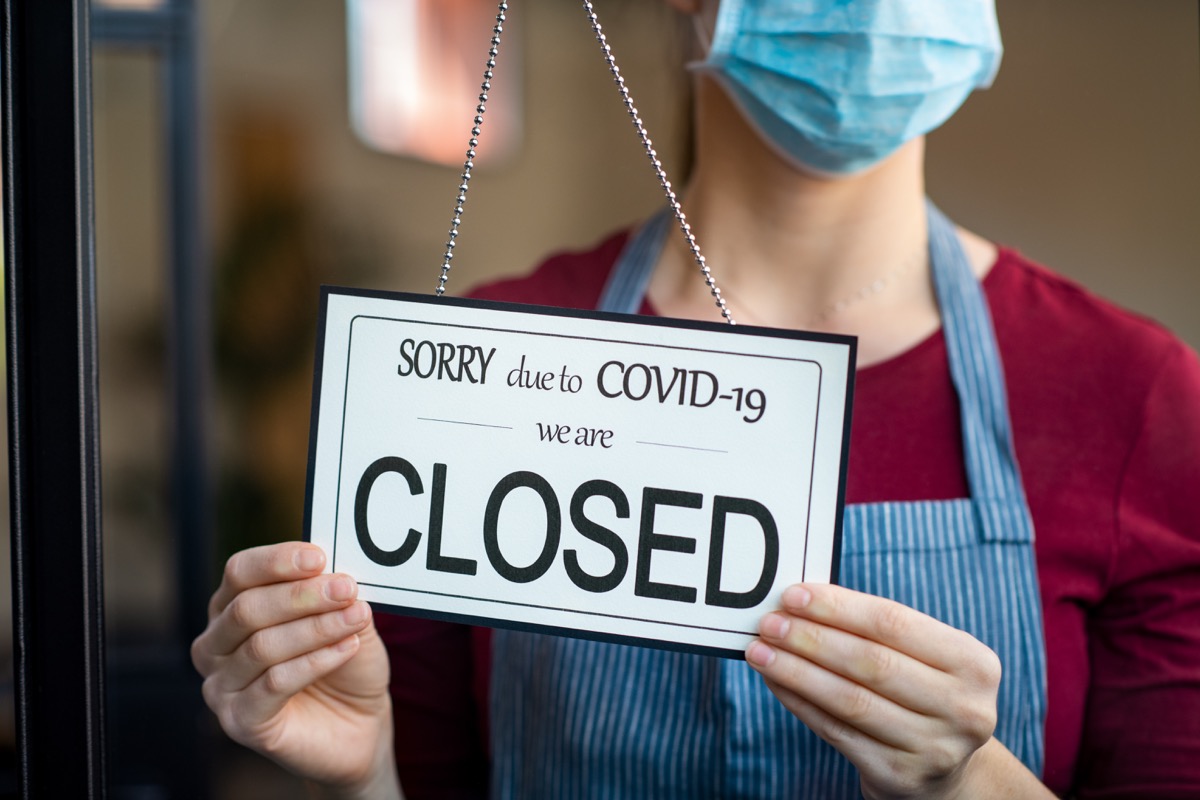During a Nov. 11 interview with Yahoo Finance Live, Michael Osterholm, MD, current director of the Center of Infectious Disease Research and Policy at the University of Minnesota and recently appointed member of the incoming administration’s White House coronavirus task force, discussed what a nationally coordinated effort to fight COVID could look like. “If I interviewed 50 people today in the U.S. for what they define a lockdown as I could get 75 different answers,” he said, adding that he previously warned against reopening the country too early. “We said this would happen if we did nothing different.“ae0fcc31ae342fd3a1346ebb1f342fcb So what do his future plans look like? Read on to find out what this could mean for you in the coming months, and for more on states that are starting to take action, check out These 22 States Are Starting to Lock Down Again. Read the original article on Best Life. While the length of lockdown varied greatly around the country, Osterholm believes that a brief stint of stay-at-home orders would work—but that a different form of government assistance would make it an entirely different and more tolerable experience. “We could pay for a package right now to cover all of the lost wages for individual workers, for losses to small companies, to medium-sized companies or city, state, county governments. We could do all of that,” he told Yahoo Finance. “If we did that, then we could lockdown for four to six weeks and if we did that, we could drive the numbers down.” And for more on the incoming health advisors, find out Why Dr. Fauci Isn’t on Joe Biden’s COVID Task Force. This isn’t the first time Osterholm has floated the idea of a nationally coordinated lockdown. In an op-ed piece he co-wrote with Minneapolis Federal Reserve President Neel Kashkari that was published in The New York Times in August, he also pointed out the shortcomings of the first set of state-issued stay-at-home orders. “The problem with the March-to-May lockdown was that it was not uniformly stringent across the country. For example, Minnesota deemed 78 percent of its workers essential,” they wrote. “To be effective, the lockdown has to be as comprehensive and strict as possible.” And for some areas taking action, check out These States Now Have Curfews Again Due to COVID Surges. Osterholm also pointed out that other countries around the world who instituted uniform stay-at-home orders and business closures have seen great success as a result. He said that executing a plan “like they did in New Zealand and Australia” could be the key to saving livelihoods while bringing down numbers in all regions of the country—especially as we wait for the next vital tool in the fight against COVID-19. “We could really watch ourselves cruising into the vaccine availability in the first and second quarter of next year while bringing back the economy long before that,” Osterholm told Yahoo Finance. And for more on the latest with COVID relief, know that This Is How Much Money You Could Get From the New COVID Relief Bill. But above all, Osterholm concluded that a unified message would not only help the country avoid a prolonged fight with the pandemic, but it could also help boost the nation’s spirits during a difficult time. “I think that the message is: How do we get through this? We need FDR moments right now. We need fireside chats,” he said, referencing President Franklin D. Roosevelt’s national radio addresses during World War II. “We need somebody to tell America, ‘This is what in the h*** is going to happen.’” And for more on how you can stay safe, check out These Are the 6 Worst Places You’re Going Right Now, New Study Says.



